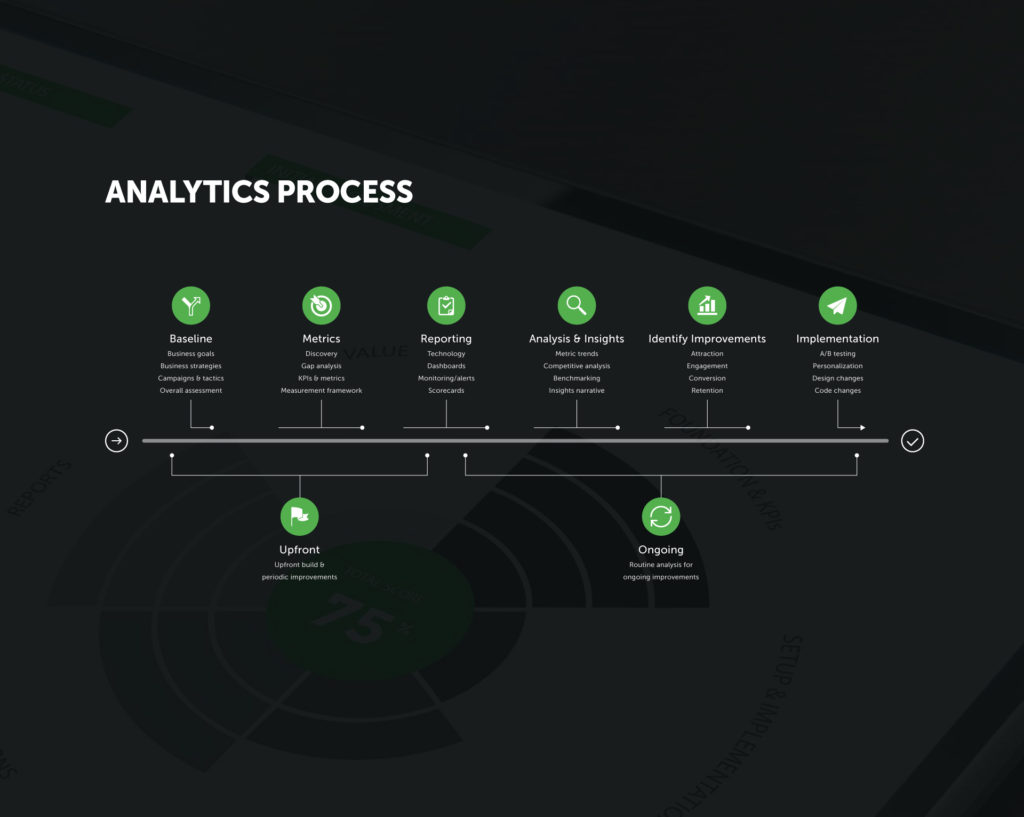Article
Innovation Principle #4: Present a Challenge

From Elon Musk’s Hyperloop competition to reality TV shows like Shark Tank to the spaceflight challenge from XPRIZE foundation, challenges are utilized to spur innovation. Using challenges is an effective framework that leads to innovation because they are exciting to people, they spur motivation to drive to results, and they are often tied to solving problems, one of the driving ingredients for breakthrough innovation. Bringing a challenge or competition framework into your team or organization can help pull your team into innovation, and break away from solely the day-to-day operations.
Challenges are Exciting
Challenges are great tools for innovation. The psychological association of participating in or solving a challenge is exciting alone. That’s because, much like a contest or competition, a challenge typically has a clearly defined problem or goal, a set end date, and team involvement; plus, there is often a reward. With this structure, there is inherent motivation to win and tackle the task at hand. Setting forth a challenge often carries a standard for which results can be evaluated. Whereas nebulous requests, tasks, or project that target innovation are harder to get done.
Challenges Spur Motivation
Presenting problem-solving as a group challenge will energize your quest for innovation. Challenges inspire teams to push the boundaries of their potential. For example, in 1961, NASA received the challenge to reach the moon by the end of the decade. In Kennedy’s famous speech, he said, “We chose to go to the moon in this decade …because that goal will serve to organize and measure the best of our energies and skills; because that challenge is one that we are willing to accept, one we are unwilling to postpone, and one we intend to win.”

This challenge included a clearly defined goal and a high-profile competitor, the Cosmonauts. Both pushed America to prevail, and a diverse array of new technologies was invented in the process.
Challenges Solve Problems
Most visionaries will tell you that they didn’t set out to be innovators, they set out to solve a problem. Bill Gates is a fantastic example of someone dedicated to solving challenges. His 180-degree U-turn from the private sector to global philanthropy is impressive, but not his most admirable quality. It’s most notable that his philosophy across careers has remained consistent: to solve complex and seemingly impossible challenges. He first solved complicated business challenges resulting in technical innovation. Now, he solves even more complex challenges to create social innovation. He continues to solve challenges. When you think about it, it’s a liberating, exciting, not to mention and effective framework for the innovation mindset.









